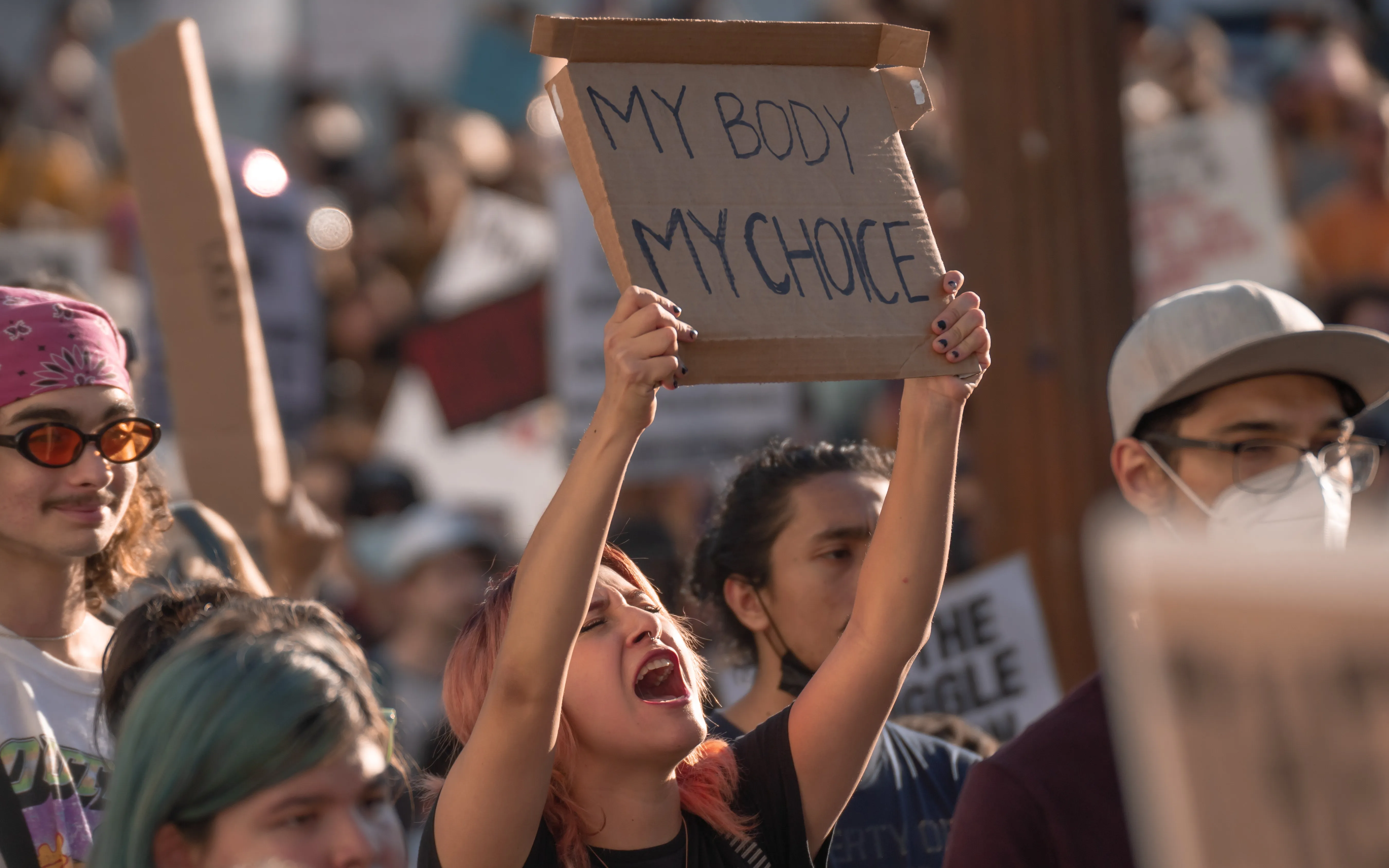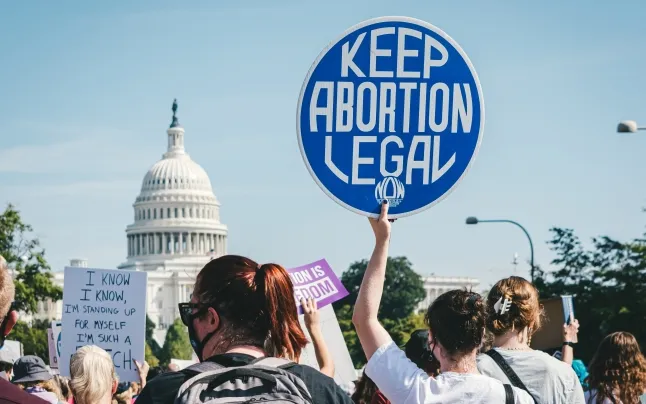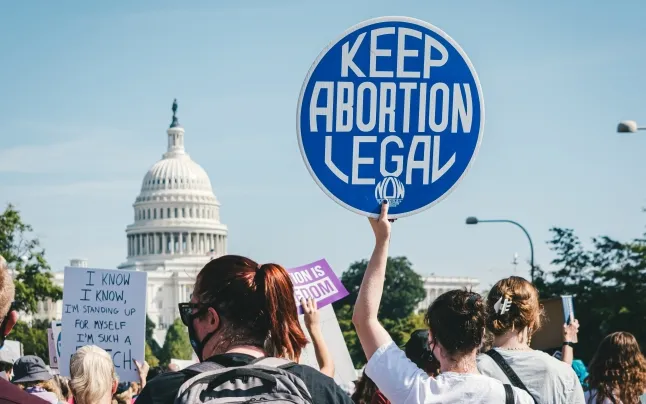The
US Supreme Court has overturned the right to
abortion. Hijacked by the State during centuries for underpinning normative heterosexuality and a nuclear family model, the voluntary termination of pregnancy has been a historic meeting point for
feminist movements, as underscored by the
Association for Sexual and Reproductive Rights, and they see this freedom as something linked to sexual and
reproductive rights, the right to life, body integrity, family planning and heath.
From the so-called witches who in reality carried out abortions to the manual techniques used by women in the Middle Ages depicted in the film Portrait of a Lady on Fire, this ruling represents a huge step back in history. But how have we reached this point and what are the implications? Here are the main key points:
1. What is this law about?
The ruling overturns a previous one from 1973, known as Roe vs. Wade that stated that the US Constitution protected the freedom of pregnant women to decide to have an abortion. With this new ruling, the Supreme Court now allows States to determine their own regulations on the matter.
2. When will it enter into force?
Some States had already legislated to limit the right to abortion and others are in the process of including restrictions or bans; these restrictions will apply with immediate effect or in a matter of days.
3. Where will abortion be banned?
In South Dakota, Kentucky, Louisiana, Idaho, Texas, Tennessee, Wyoming, Utah, Arizona, North Dakota, Oklahoma, Iowa, Missouri, Arkansas, Wisconsin, Michigan, Mississippi, Alabama, Georgia, Ohio, West Virginia and South Carolina already have laws banning abortion or are about to, while States like Florida, Montana, Nebraska and Indiana are planning to do so. In total, 26 States, more than half in the country.
4. Will the same conditions apply in all States?
No. Most States ban abortion from the time of conception, but some like Iowa ban abortion as of the sixth week of pregnancy and others like Arizona, as of week thirteen.
5. Will abortion be banned when the pregnancy places the mothers’ life at risk? What about in case of rape?
Most states consider rape and incest as exceptions to the law, and also when the pregnancy poses a risk to the life of pregnant women, although this isn’t always specified. It is expected that some states like Ohio will even ban abortion in cases of rape.
6. Will abortion be penalised?
This depends on the State, but it is expected that any penalties won’t be imposed on the women having an abortion. In Texas, for instance, anyone aiding in an abortion may face life imprisonment.
7. What are the alternatives?
Women who need an abortion will be forced to travel to other States where their rights are protected such as Columbia, New Jersey, Vermont, Colorado, New York or California.
8. Who will be most affected?
This ruling is a serious setback in terms of gender equality, but also class. Women who cannot afford the cost to travel to another State won’t have access to abortion, will be forced to undergo a clandestine abortion or will be forced to become mothers.







Add new comment